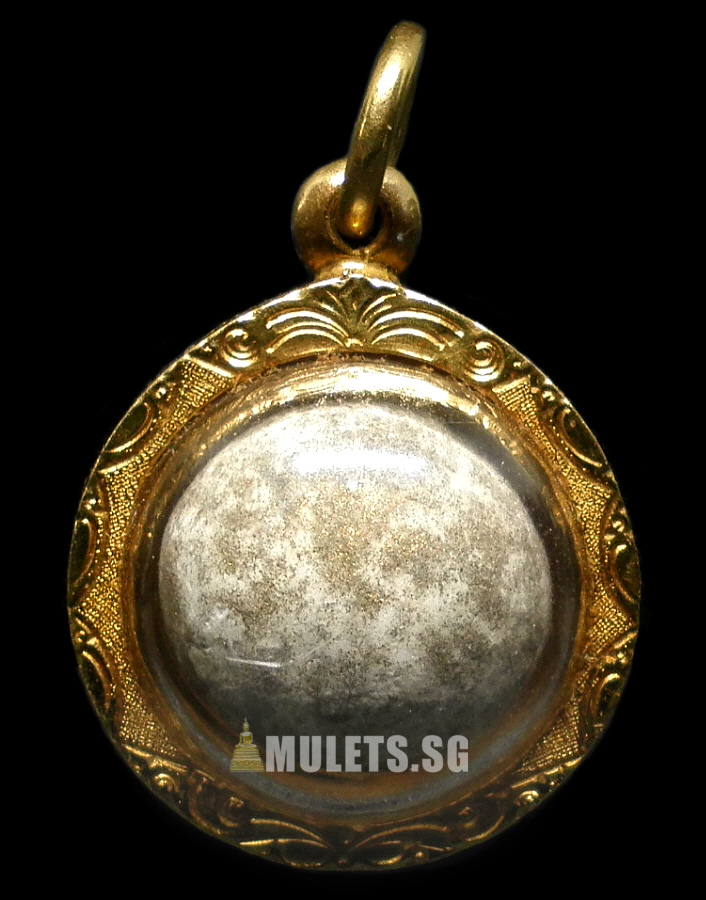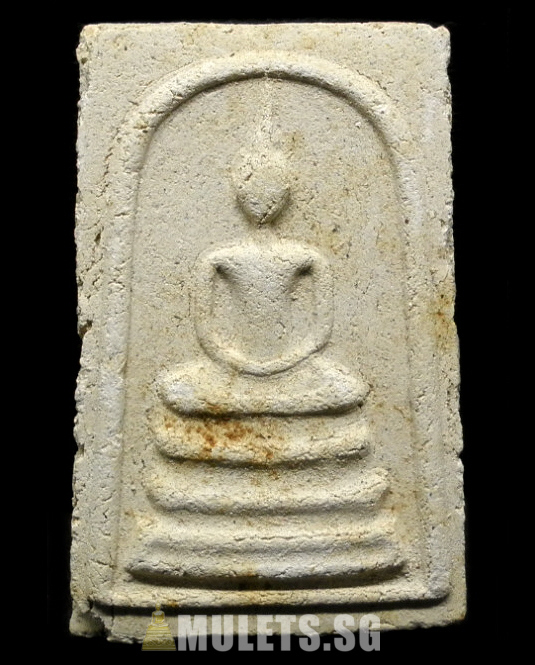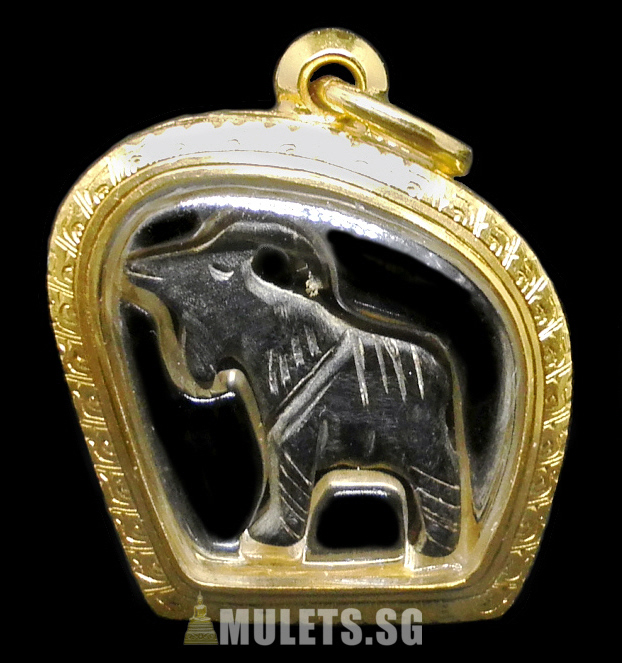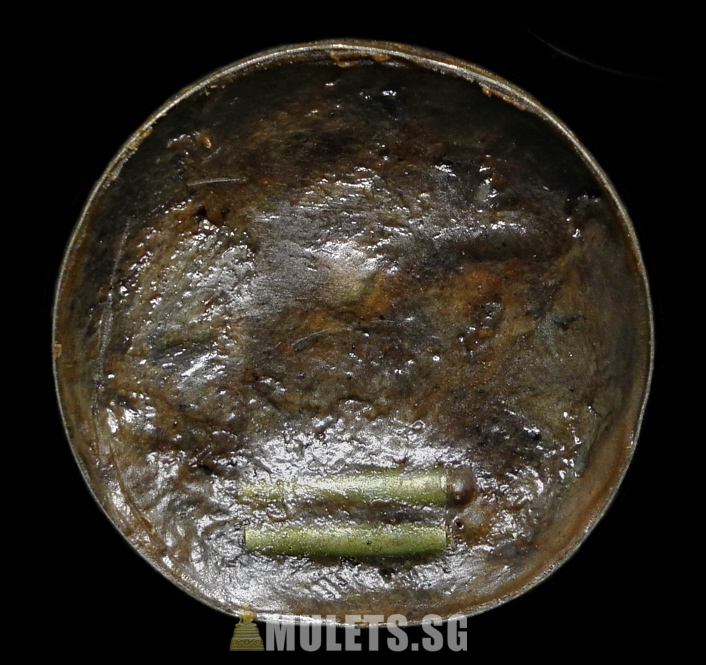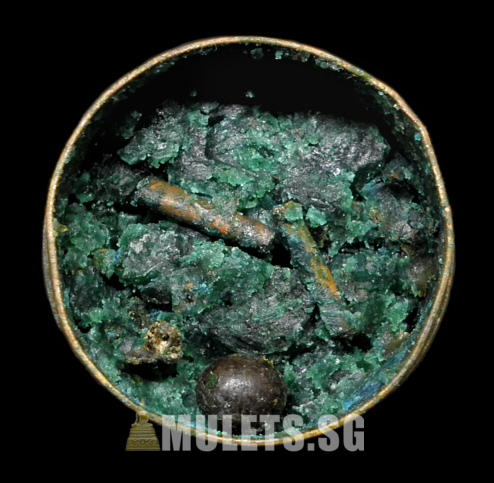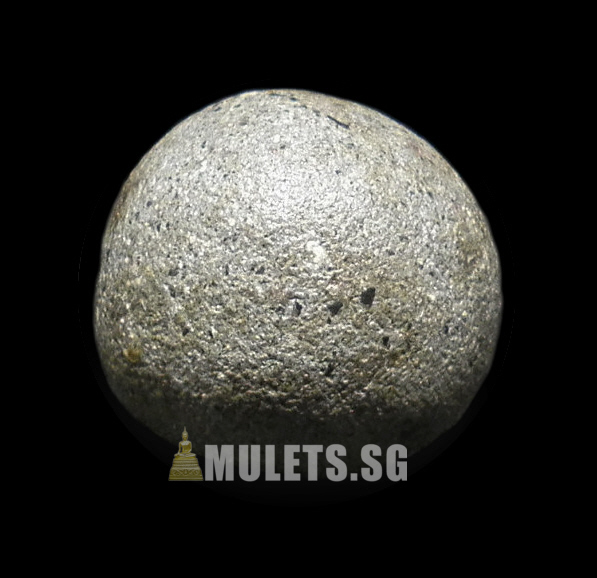
The World of Thai Amulets
What is sacred? Everyone has something sacred within themselves. To have been born as a complete human being is already sacred. One can be sacred only from within oneself, and not by any amulet or other so-called sacred objects. Dhamma is sacred, and to have this sacredness, one must have Dhamma within oneself.
– Luang Pu Waen Sujinno, Wat Doi Mae Pang, Chiangmai
From the advent of Buddhism more than 2000 years ago, the sacred images of the Lord Buddha and his Holy Disciples have been created and distributed to His followers who seek solace and peace in his holy image. When Buddhism was brought from the Lord Buddha’s original birthplace in ancient India, the tradition of making sacred images of the Lord was brought along to the countries where His teachings have left a great impact and changed the countries’ historical development and social fabric of the people.
One of the greatest influence can be seen in the country of Thailand, where these images were created in the form of statues, amulets, handwritten scrolls, talisman, etc. The skill in creating such images were handed down from generation to generation, many times resulting in great lineages of famous masters whose sacred amulets have since been much sought after by collectors from around the world.
These masters have left behind objects of power consecrated through their infinite virtues and supreme meditative powers, or sacred images made in commemoration and rememberance of their compassion to the ordinary laymen. Images of the Lord Buddha found in the Stupas were being discovered over many generations and are greatly revered by all alike. Terracotta (Nur Din), lead and silver alloy (Nur Chin), red rust (Nur Sanim Daeng); images of the Lord Buddha were being given individual names by the Thais for identification purposes.
Although these amulets were created for many purposes like celebrating an event, for the raising of funds to rebuild a temple, for distribution to alleviate hardship and calamity, for the preparation and boosting of morale during war (World War 2, Indochina War, Vietnam War, Korean War, etc.), it takes a skillful collector to identify objects worthy of reverance and collection. Throughout the years, there were many replicas of the original items and also many disappointed individuals when the “treasures” they have held so tightly in their collection turn out to be nothing more than a heap of clay or metal which were being manufactured en-masse by unauthorised and unqualified people.
We strive to showcase our humble collection for the past 20 years and also aim to provide accurate information on what we deem to be collectible amulets in our opinion. All amulets featured in our website has been verified to be genuine through many reputable sources.
